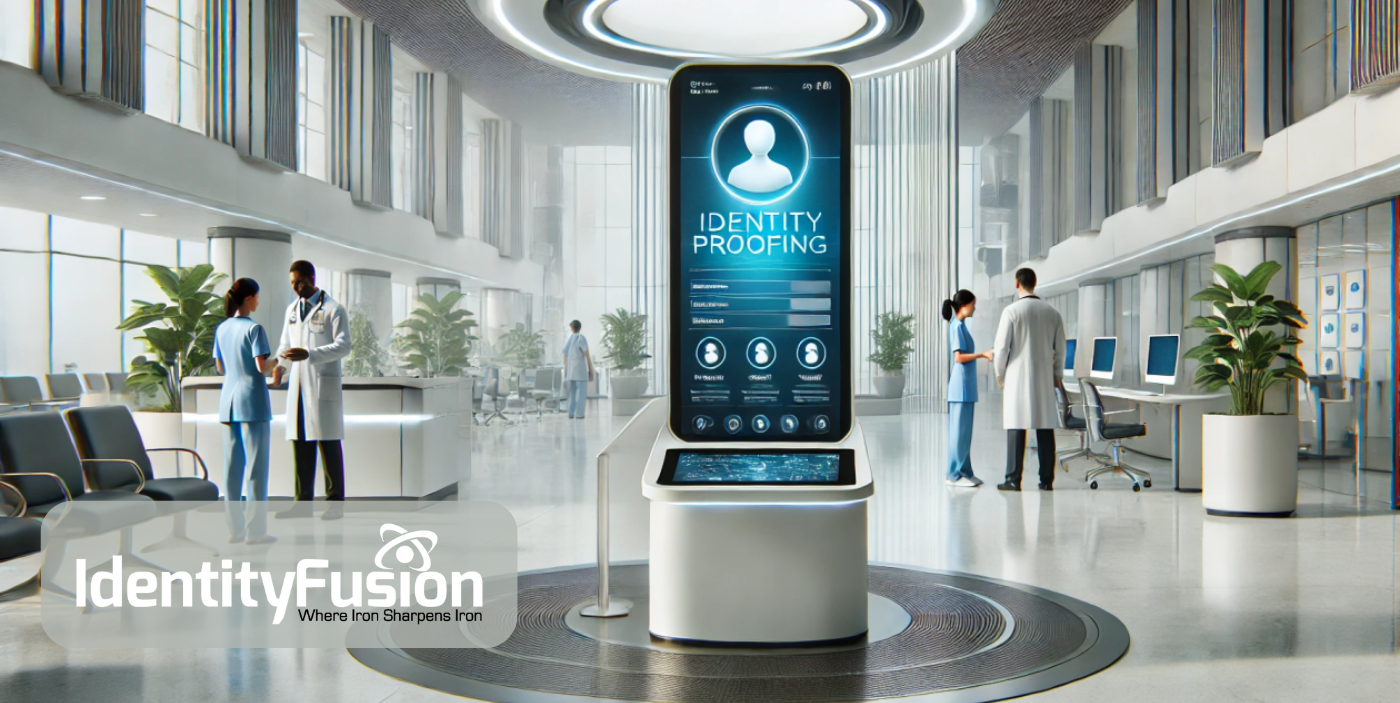As healthcare increasingly embraces digital transformation, the need for robust identity proofing has never been more critical. Identity proofing is the process of verifying that an individual is who they claim to be by collecting, validating, and verifying personal information. In the context of healthcare, this process is essential to protect patient data, ensure compliance with regulations, and enhance the overall patient experience.
Trends Shaping the Future of Digital Security in Healthcare
Several key trends are driving the need for robust identity proofing solutions:
- Increasing Digital Transformation: More healthcare services are moving online, requiring secure methods to verify user identities.
- Rising Cybersecurity Threats: With the escalation of cyber attacks, data breaches, and identity theft, strong identity verification becomes crucial.
- Regulatory Compliance Requirements: Regulations such as GDPR and HIPAA mandate identity verification to protect sensitive patient data.
- Growth in Remote Work and Digital Services: The shift towards remote work and digital healthcare services increases the need for secure access control.
- Enhancing Customer Trust and User Experience: Proper identity proofing builds trust by safeguarding personal data and offering a seamless access experience.
- Preventing Fraud and Abuse: Identity proofing is essential in reducing fraud across various sectors, including healthcare, by ensuring only legitimate users can perform transactions.
What is Identity Proofing?
Identity proofing involves verifying that an individual is who they claim to be, typically through the collection, validation, and verification of personal information. This process is crucial in preventing unauthorized access, fraud, and maintaining the integrity of sensitive information within healthcare systems.
Common Methods of Identity Proofing
- Identity Document Verification: Verification can be performed physically or digitally. In a digital setting, users may be required to upload scans of documents like a passport, accompanied by a selfie holding the document to confirm their identity.
- Knowledge-Based Authentication (KBA): This method uses security questions that only the user should know the answers to. Dynamic KBA, which generates questions based on data sources such as credit history, provides a higher level of security.
- Out-of-Band Proofing: This method uses a separate communication channel, like sending a code via SMS, to verify identity, adding an extra layer of security.
- Biometric Verification: Biometric verification, which uses unique physical characteristics such as fingerprints or facial recognition, offers a high level of security and convenience.
Identity Proofing in Healthcare
Implementing effective identity proofing practices in healthcare is essential to safeguard patient data, ensure compliance with regulatory standards, and enhance the overall patient experience. Given the increasing reliance on digital health services, robust identity proofing measures are necessary to prevent unauthorized access, protect against fraud, and maintain the integrity of sensitive information. Key factors include:
- Protection of Patient Data Privacy and Security: Identity proofing safeguards sensitive health information from unauthorized access, aligning with HIPAA requirements.
- Compliance with Healthcare Regulations: Regulations such as HIPAA require stringent measures to protect patient information, including identity verification.
- Increasing Use of Telehealth and Digital Health Services: The rise of telehealth necessitates secure verification of patients and providers.
- Preventing Medical Identity Theft and Fraud: Proper identity proofing reduces the risk of fraudulent access to medical services.
- Facilitating Interoperability and Data Sharing: Identity proofing supports secure data exchange between healthcare providers.
- Enhancing Patient Trust and Experience: Secure identity proofing builds patient confidence in digital health tools.
Best Practices for Identity Proofing in Healthcare
Best practices for identity proofing in healthcare focus on key areas such as patient registration, access to electronic health records, telehealth services, and more. These practices are designed to help healthcare providers establish secure, trustworthy interactions with patients while navigating the complexities of the digital health landscape. Best practices for implementing identity proofing in healthcare include:
- Patient Registration and Onboarding: Ensure accurate patient identity verification during initial registration.
- Access to Electronic Health Records (EHRs): Secure access to patient records with identity proofing, ensuring only authorized users can view or modify sensitive information.
- Telehealth and Remote Consultations: Verify the identities of patients and providers to secure virtual consultations.
- Prescription and Medication Management: Prevent unauthorized access to prescriptions through identity proofing.
- Insurance Verification and Claims Processing: Confirm patient identities during insurance verifications to prevent fraud.
Conclusion
Identity proofing plays a foundational role in protecting patient data, ensuring regulatory compliance, and enhancing the overall experience within healthcare systems. As the digital landscape evolves, robust identity proofing will continue to be a critical component of secure and effective healthcare delivery.

